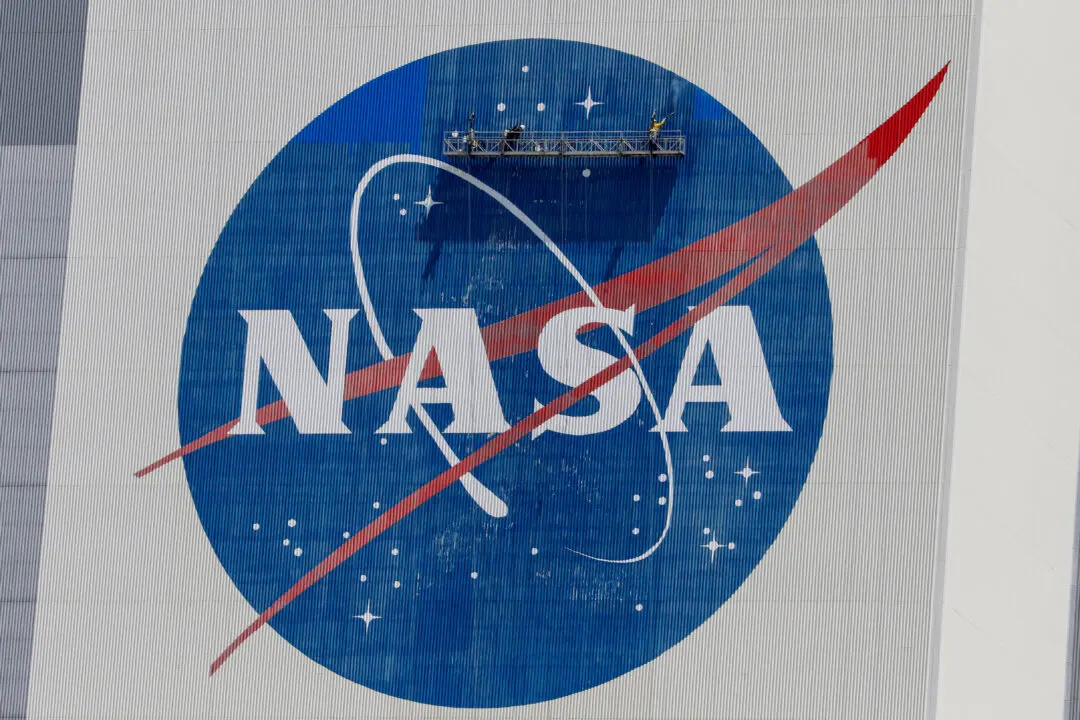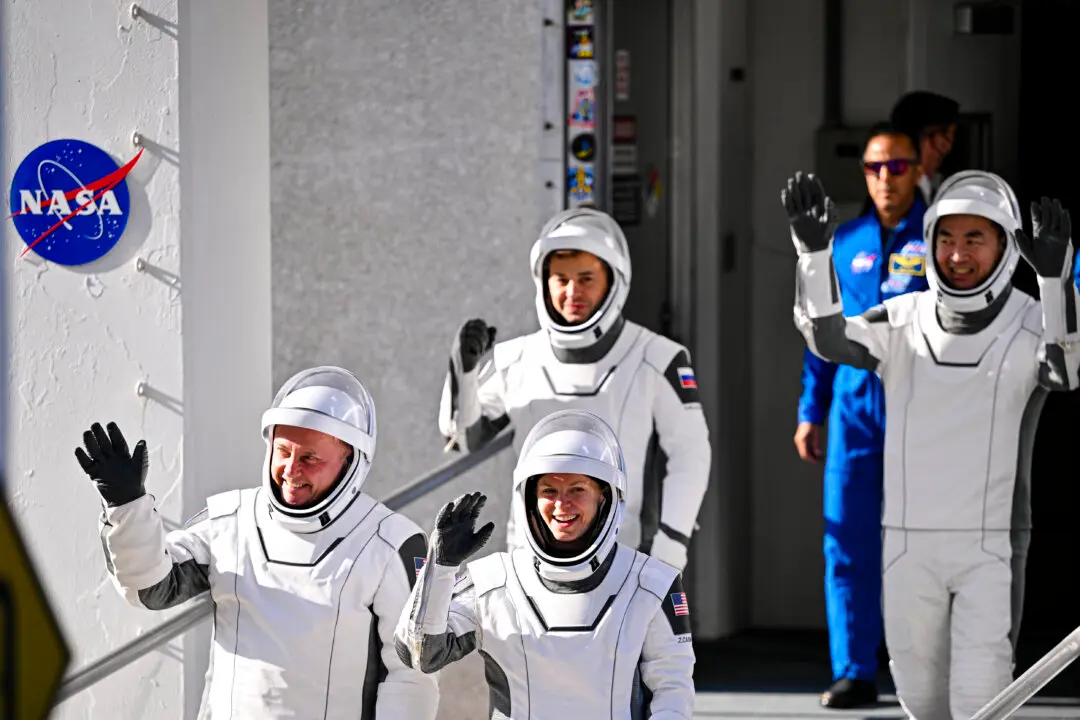NASA released an independent study on Sept. 14 that Administrator Bill Nelson described as the first time the agency took “concrete action to seriously look” into unidentified anomalous phenomena (UAP).
The study was ordered in 2022 and with its publication came an announcement of NASA’s new commitment to investigating UAP, formerly known officially as unidentified flying objects (UFOs).





